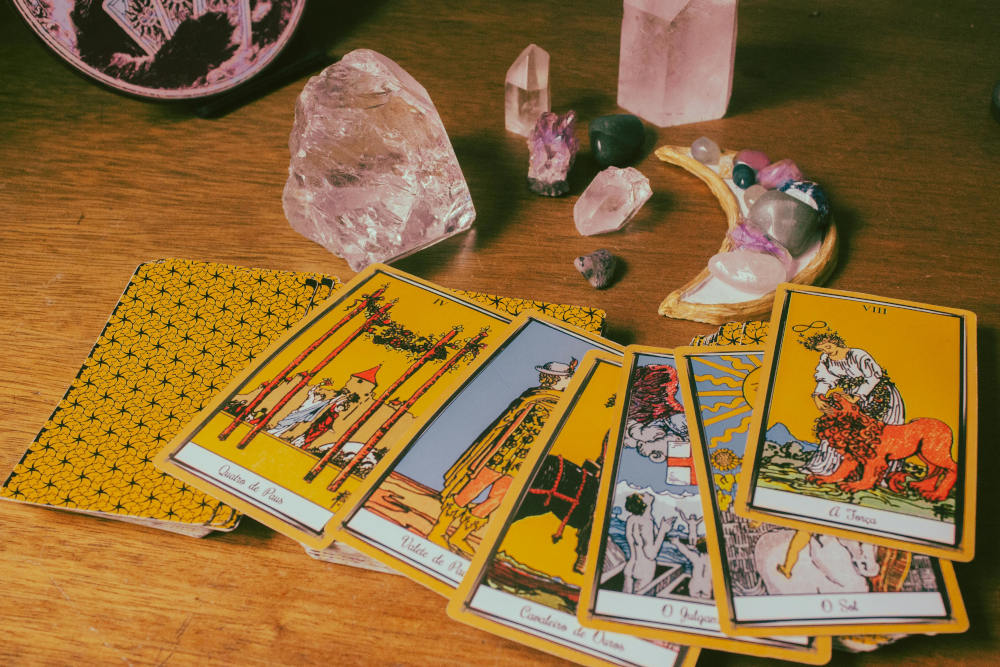
The Tarot is often seen today as a tool for divination, self-reflection, and spiritual growth, but its origins and religious associations are complex and layered. Unlike major world religions that have clear doctrines and organized structures, Tarot is not tied to a single religious tradition. Instead, it has been influenced over centuries by a variety of spiritual and mystical systems, including Hermeticism, Kabbalah, Christianity, and modern New Age spirituality. Understanding how Tarot became associated with different religious and esoteric traditions provides a deeper appreciation for its rich history and evolving meaning.
The Origins of Tarot: A Game, Not a Religious Tool
Tarot cards were first created in 15th-century Italy, primarily for playing a game called "tarocchi." Early decks, like the Visconti-Sforza Tarot, were elaborately decorated and used by nobility for entertainment. There is no evidence that these early Tarot cards were originally intended for mystical or religious purposes. They were simply playing cards, similar to modern-day bridge or poker decks, though with an extra set of "trump" cards featuring allegorical images.
It wasn’t until centuries later that Tarot began to take on spiritual significance. This shift was largely driven by the European occult revival of the 18th and 19th centuries, when mystics and scholars began to reinterpret Tarot through the lenses of ancient wisdom traditions.
Hermeticism and Tarot
One of the first major religious-philosophical systems to influence Tarot was Hermeticism. Hermeticism is a set of philosophical and religious beliefs based primarily on writings attributed to Hermes Trismegistus, a mythical figure combining elements of the Greek god Hermes and the Egyptian god Thoth. These teachings emphasized the unity of the divine, the interconnectedness of all things, and the idea that spiritual knowledge could be gained through personal revelation.
In the late 18th century, figures like Antoine Court de Gébelin proposed that Tarot originated in ancient Egypt and encoded Hermetic wisdom. Although these historical claims have been debunked, the association between Tarot and Hermetic thought remains strong. Hermeticism provided a spiritual framework that saw the Tarot as a symbolic map of the soul’s journey toward enlightenment.
Kabbalah and Tarot
Another powerful influence on the religious interpretation of Tarot comes from Kabbalah, a form of Jewish mysticism. Kabbalists believe in a complex structure of the universe, symbolized by the Tree of Life, which represents the pathways between divine and earthly realms.
In the 19th century, members of the Hermetic Order of the Golden Dawn — a highly influential esoteric society — integrated Kabbalistic principles into their use of Tarot. They linked the 22 Major Arcana cards to the 22 paths on the Tree of Life, and corresponded the cards to Hebrew letters. This synthesis helped cement Tarot’s reputation as a profound spiritual tool rather than merely a fortune-telling device.
Christian Mysticism and Tarot
Christian symbolism also permeates the Tarot, particularly in early decks. Many cards feature imagery drawn from Christian iconography, such as the angelic figures in "Judgment" or the papal figure in "The Hierophant" (sometimes called "The Pope" in older decks).
In the Renaissance era, Christianity was the dominant cultural and religious force in Europe, so it is unsurprising that Christian themes found their way into Tarot imagery. Some modern Christian mystics view the Tarot as a representation of the soul’s journey toward union with God, seeing in it a narrative of spiritual growth and redemption.
However, many mainstream Christian denominations have historically been suspicious of or opposed to Tarot, associating it with the occult and warning against its use. This tension persists today, with some Christian groups condemning Tarot while others seek to reclaim it as a tool for contemplative prayer and spiritual exploration.
The Golden Dawn and the Modern Tarot Revival
In the late 19th century, the Hermetic Order of the Golden Dawn played a critical role in shaping modern Tarot. Their members, including famous figures like Arthur Edward Waite and Aleister Crowley, designed new Tarot decks infused with layered symbolism drawn from Hermeticism, Kabbalah, astrology, and alchemy.
Waite collaborated with artist Pamela Colman Smith to create the Rider-Waite-Smith Tarot deck, published in 1909. This deck remains the most widely used Tarot deck today. Its imagery was carefully crafted to convey esoteric teachings in a form accessible to a broader public, further cementing Tarot’s connection to mystical spirituality rather than any single organized religion.
New Age Spirituality and Contemporary Tarot
In the 20th and 21st centuries, Tarot found a new home within New Age spirituality, a broad and eclectic movement that draws on Eastern and Western traditions, metaphysics, psychology, and personal empowerment philosophies.
Within the New Age context, Tarot is often seen as a tool for:
-
Self-discovery and personal growth
-
Intuitive development
-
Meditation and mindfulness practices
-
Connecting with higher consciousness or spirit guides
Rather than being tied to a specific religious doctrine, Tarot within New Age spirituality is flexible, individualized, and experiential. Practitioners are encouraged to find their own meanings in the cards and to use them as mirrors for their inner landscapes.
Wicca, Paganism, and Tarot
Wicca and other modern Pagan religions have also embraced Tarot as a sacred tool. In these traditions, Tarot is often used in rituals, spellwork, and as a method of divine communication.
Wicca, in particular, values the cycles of nature, the balance of divine masculine and feminine energies, and personal intuition — all of which resonate strongly with Tarot’s themes and structure. Many Wiccans view the Tarot as a living system of symbols that reflect natural and spiritual truths.
Is Tarot a Religion in Itself?
Despite its deep spiritual associations, Tarot is not a religion. It does not have a founder, a sacred text, a system of worship, or a prescribed set of beliefs and practices that all adherents must follow. Instead, Tarot is better understood as a symbolic language and a spiritual tool that can be adapted to many different religious and philosophical systems.
For some, Tarot reading is purely psychological — a method for accessing the subconscious mind. For others, it is mystical, a way of tapping into divine wisdom or the collective unconscious. Its versatility is part of what has allowed Tarot to thrive across cultures and centuries.
Conclusion: A Spiritual Mosaic
The Tarot is a unique spiritual artifact that cannot be pinned down to one religion. Instead, it has been shaped by and continues to interact with a wide range of religious and mystical traditions, from Hermeticism and Kabbalah to Christianity, New Age spirituality, Wicca, and beyond.
Today, Tarot serves as a bridge between the sacred and the secular, offering seekers a way to explore their inner worlds, connect with universal energies, and pursue spiritual insight — all without demanding adherence to a specific religious framework. Its enduring appeal lies in its openness, its rich symbolism, and its capacity to meet people wherever they are on their spiritual journey.
Was this article helpful to you? Please tell us what you liked or didn't like in the comments below.
About the Author: Alex Assoune
What We're Up Against
Multinational corporations overproducing cheap products in the poorest countries.
Huge factories with sweatshop-like conditions underpaying workers.
Media conglomerates promoting unethical, unsustainable products.
Bad actors encouraging overconsumption through oblivious behavior.
- - - -
Thankfully, we've got our supporters, including you.
Panaprium is funded by readers like you who want to join us in our mission to make the world entirely sustainable.
If you can, please support us on a monthly basis. It takes less than a minute to set up, and you will be making a big impact every single month. Thank you.



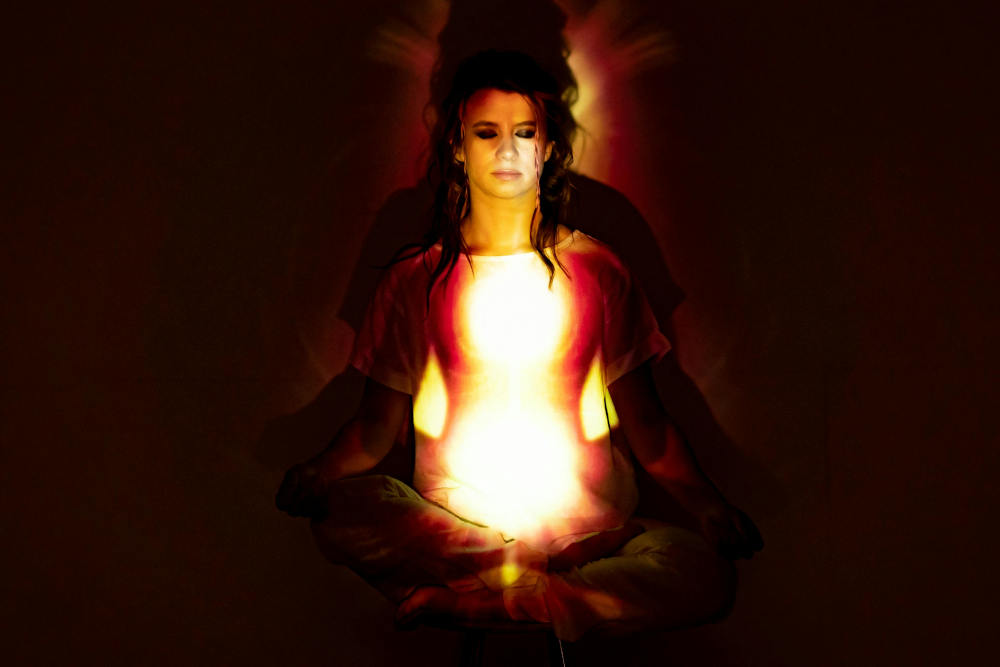



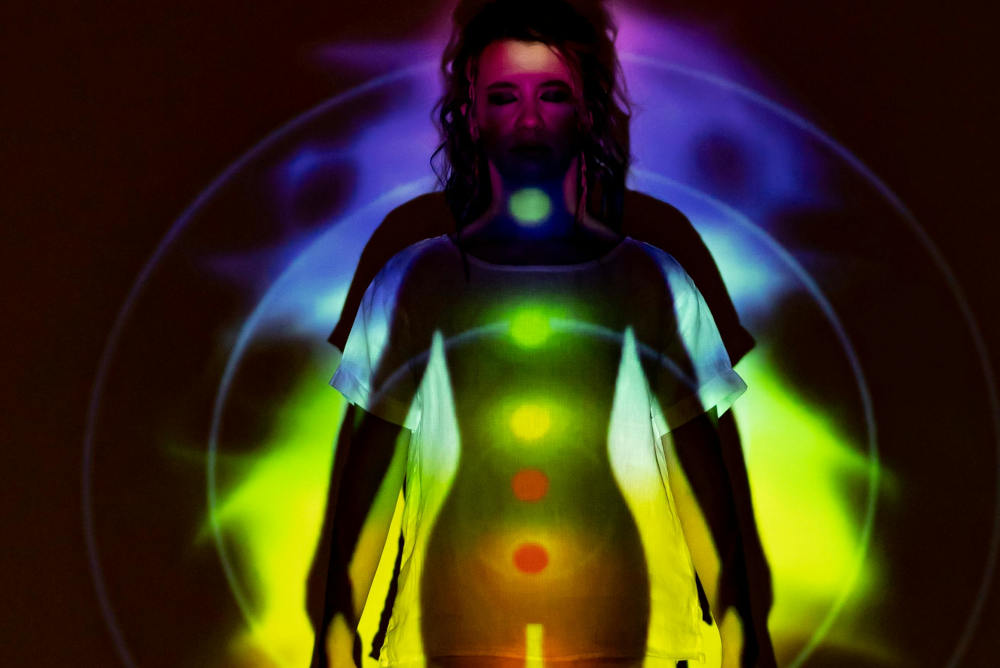
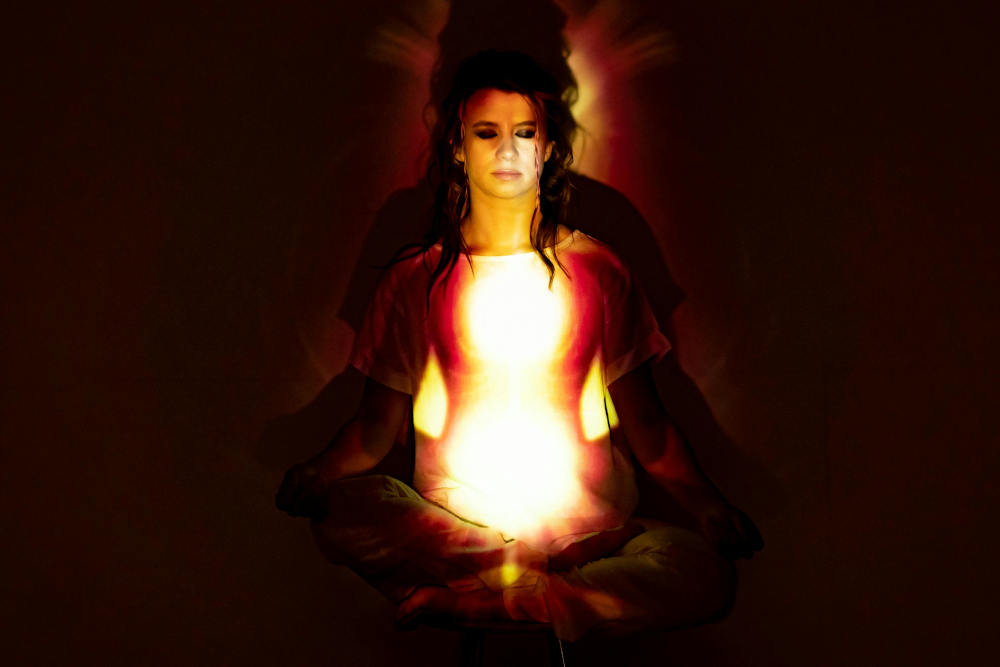
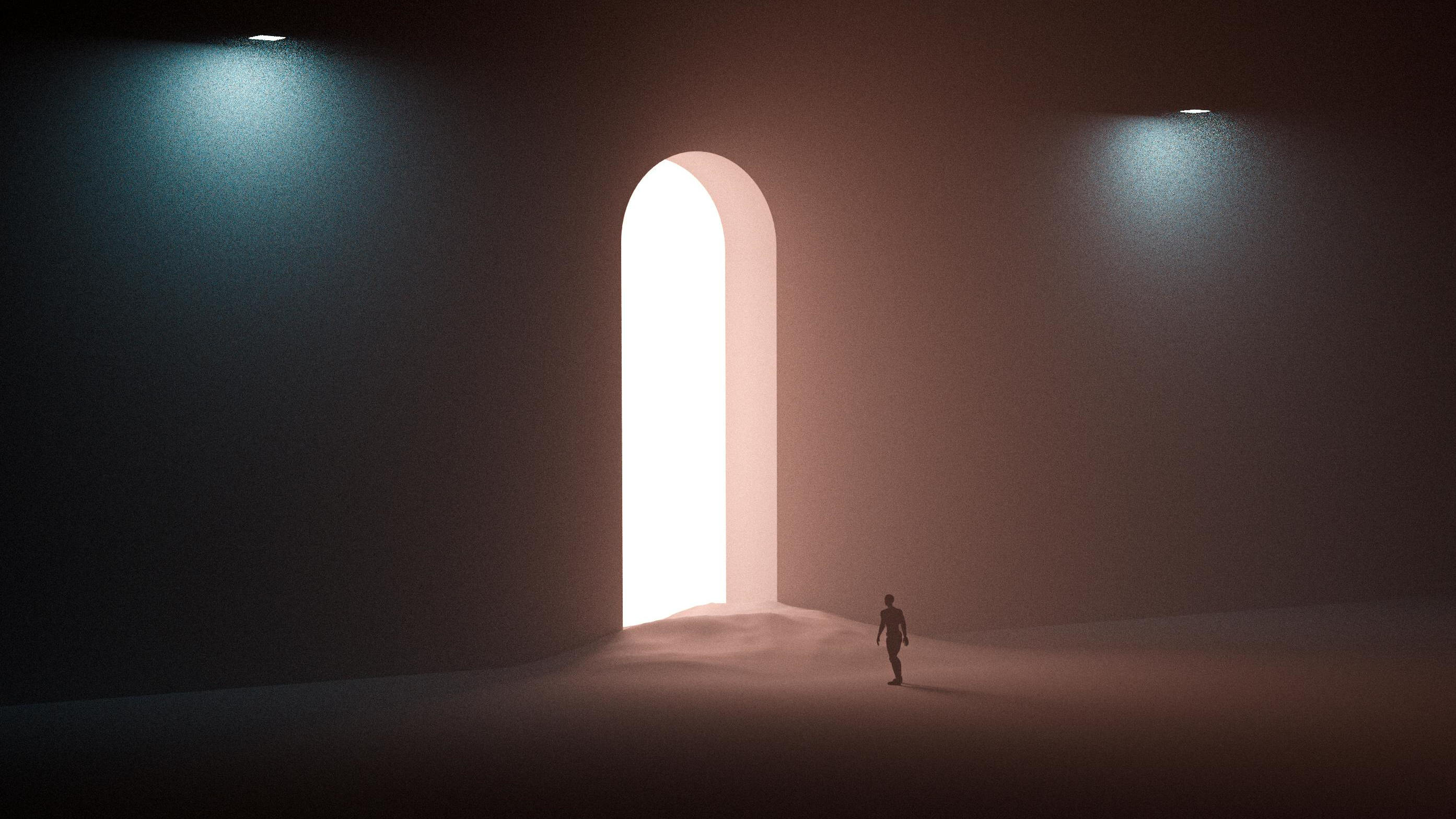

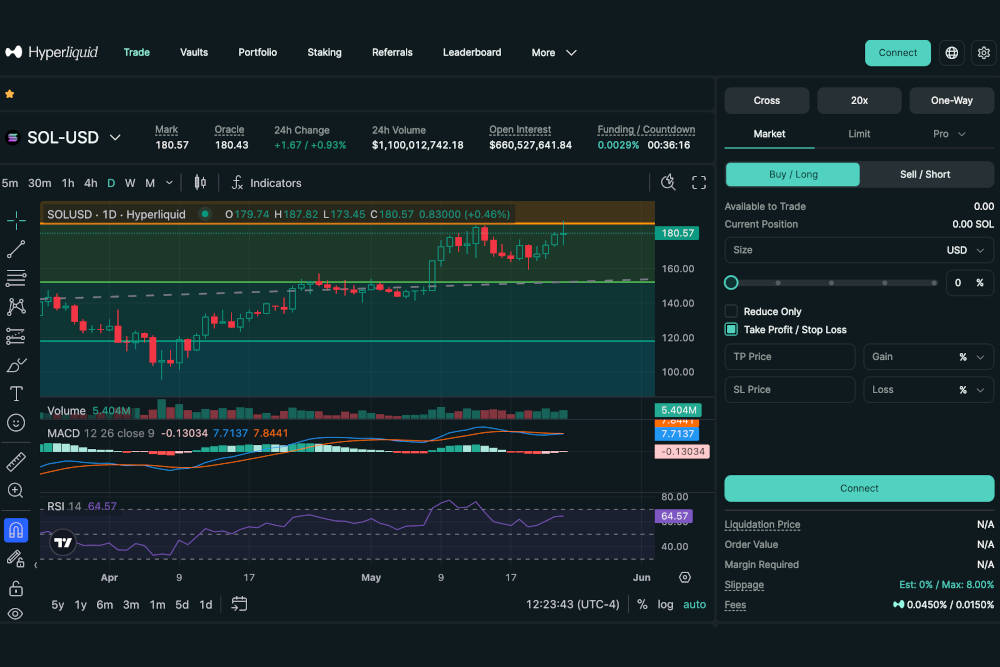
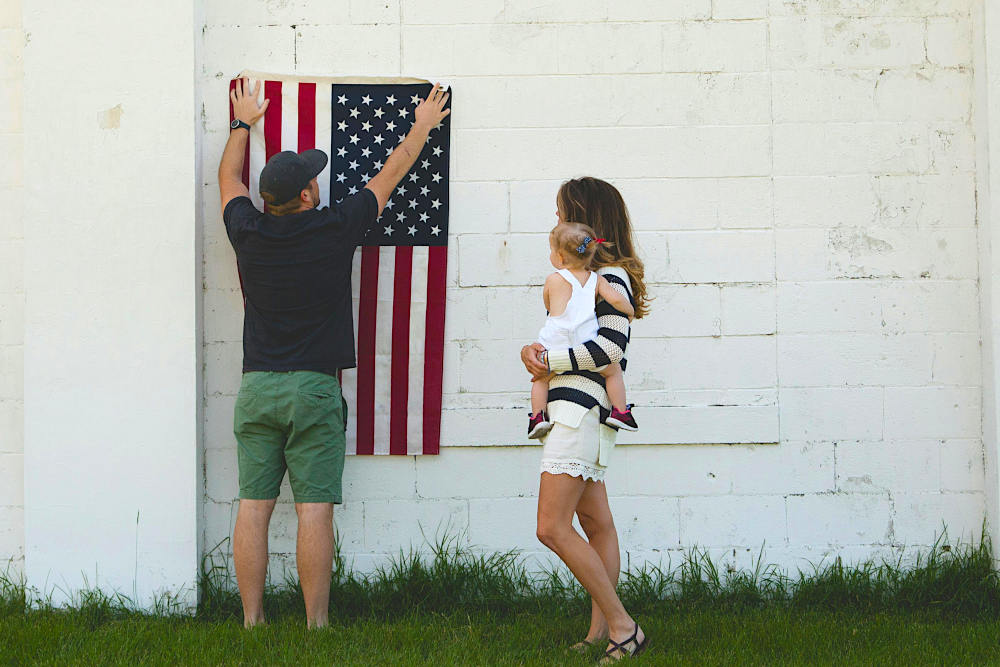

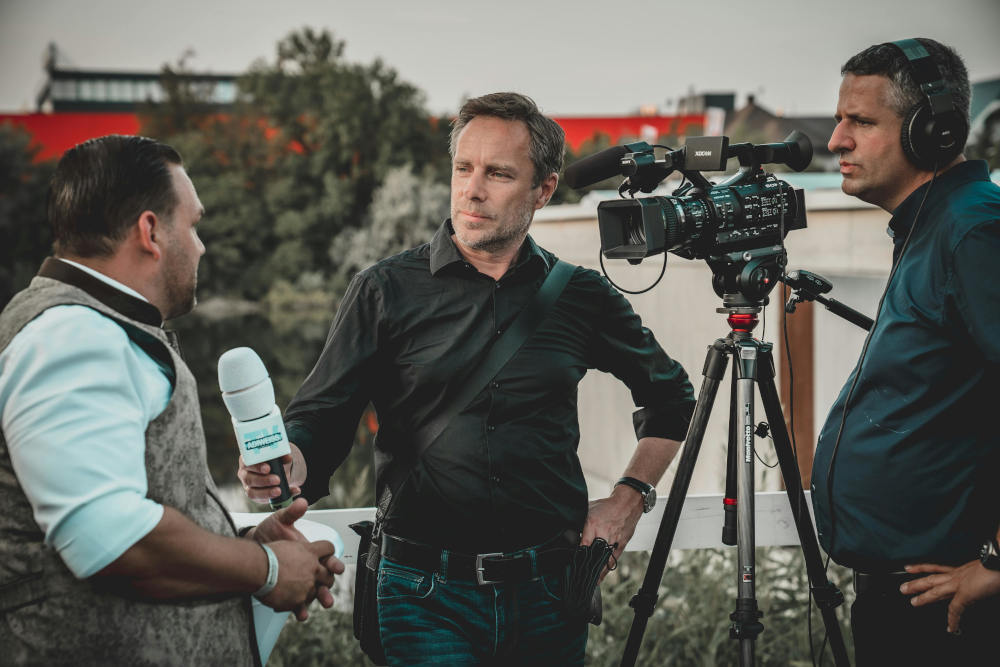





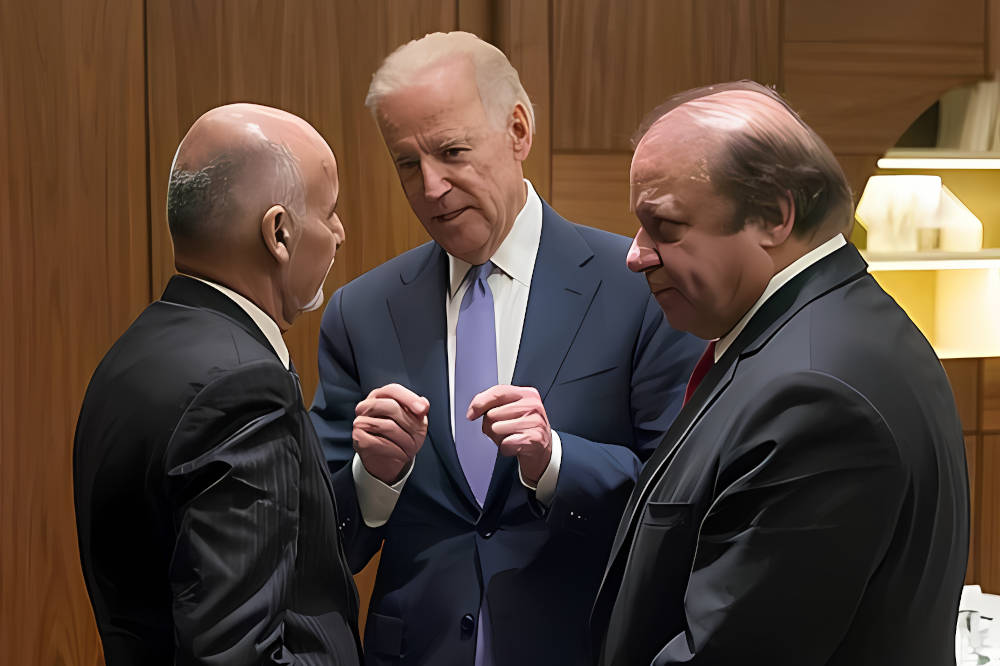
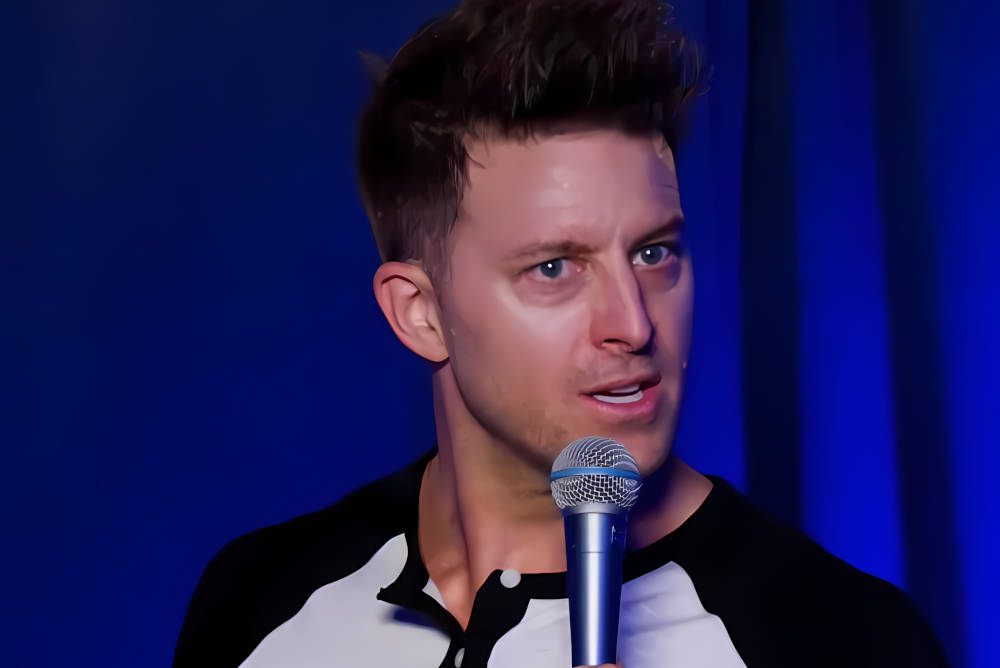
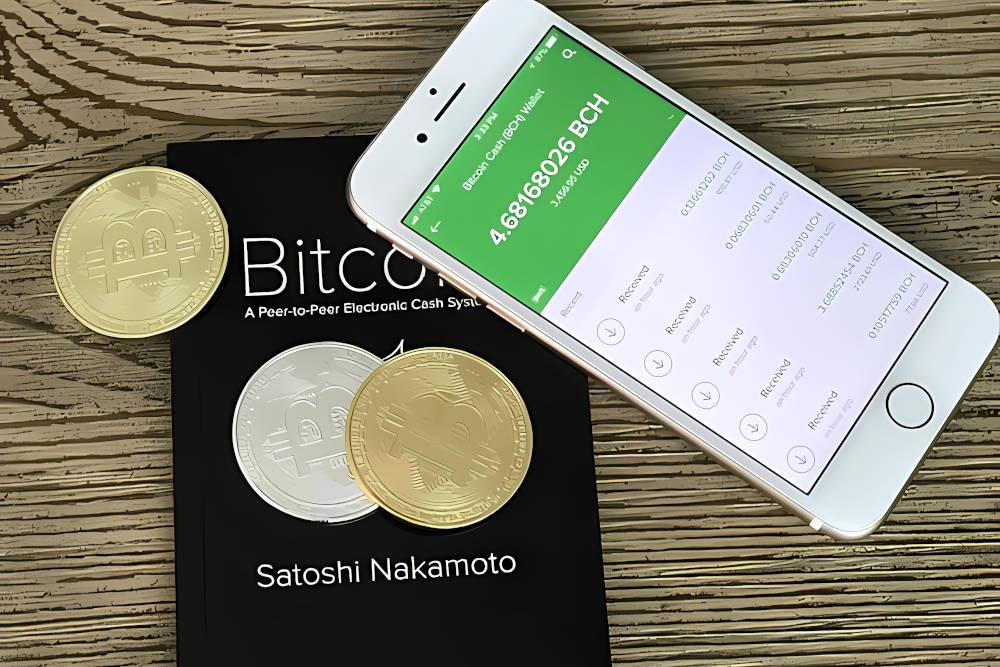
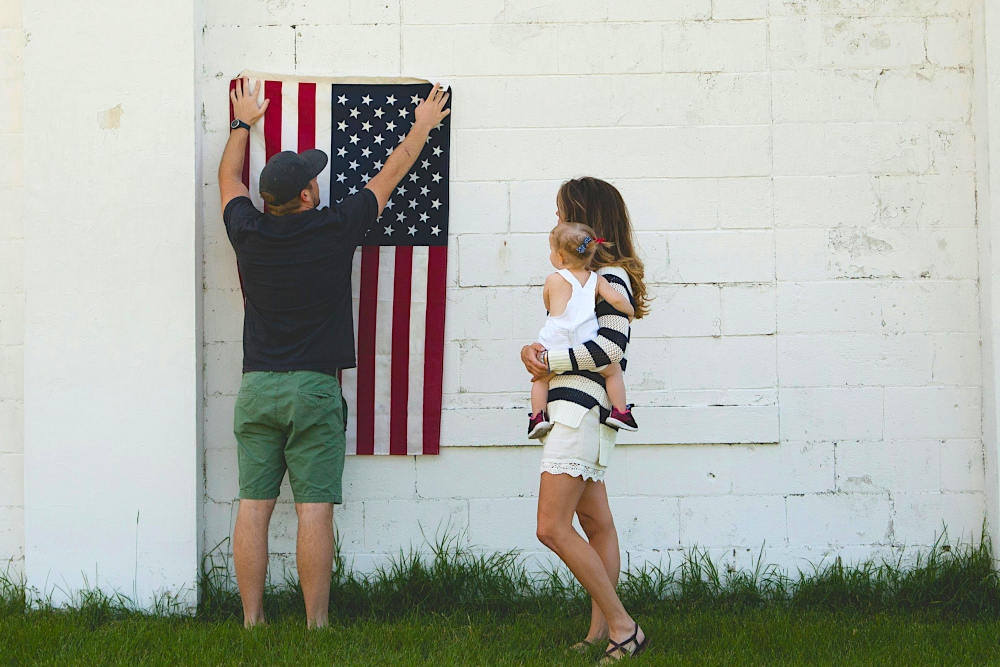
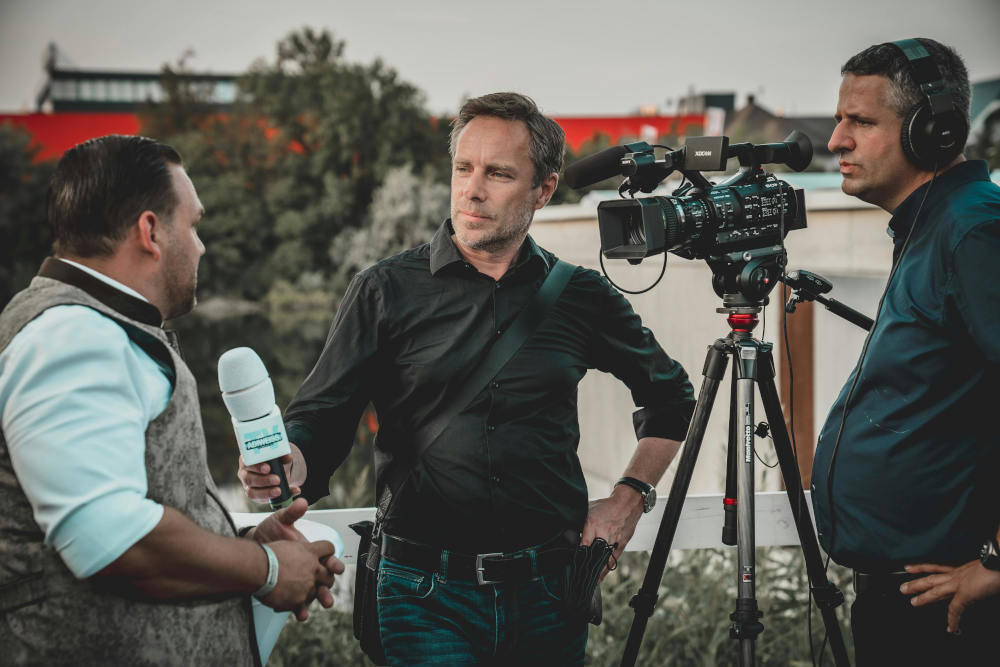
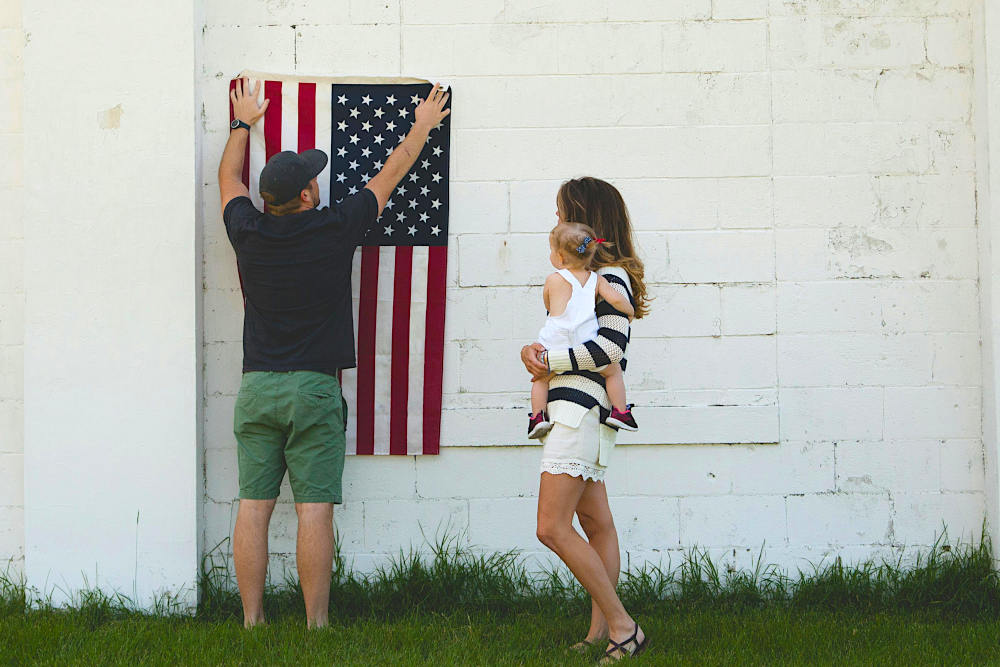
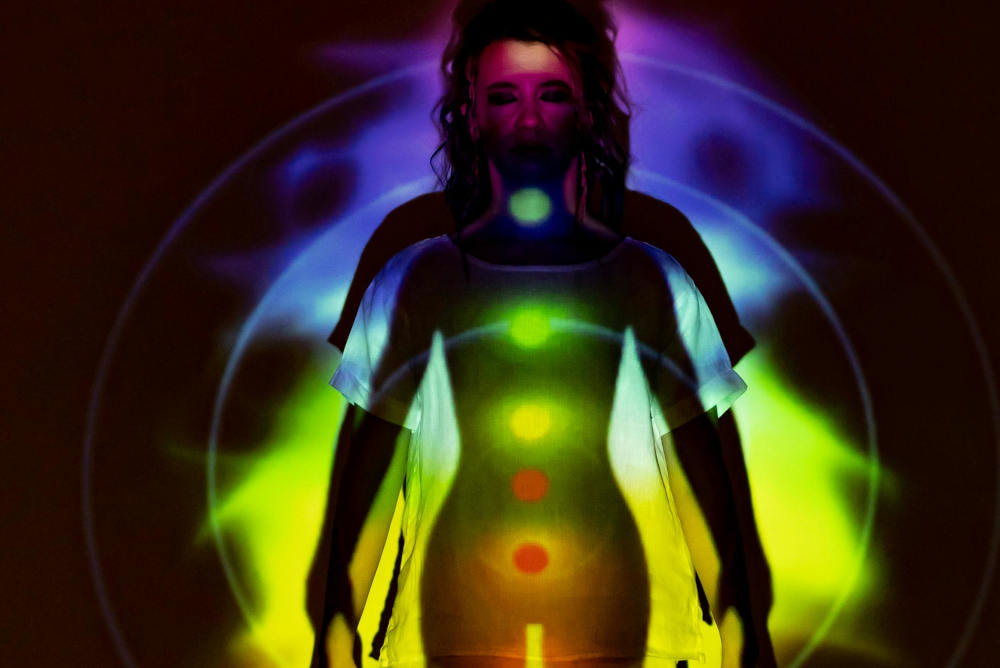

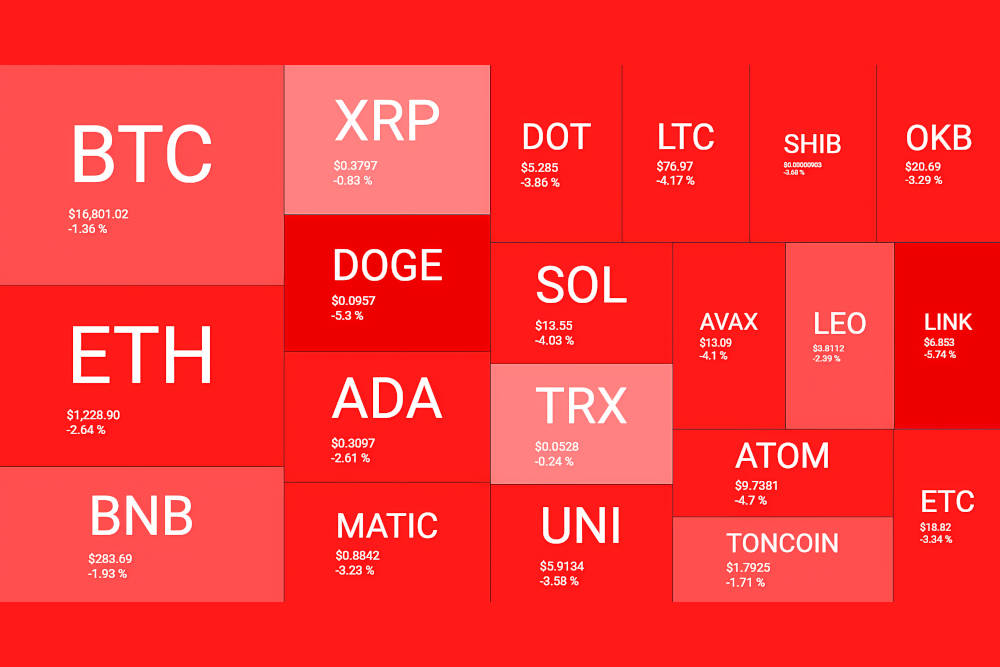


0 comments